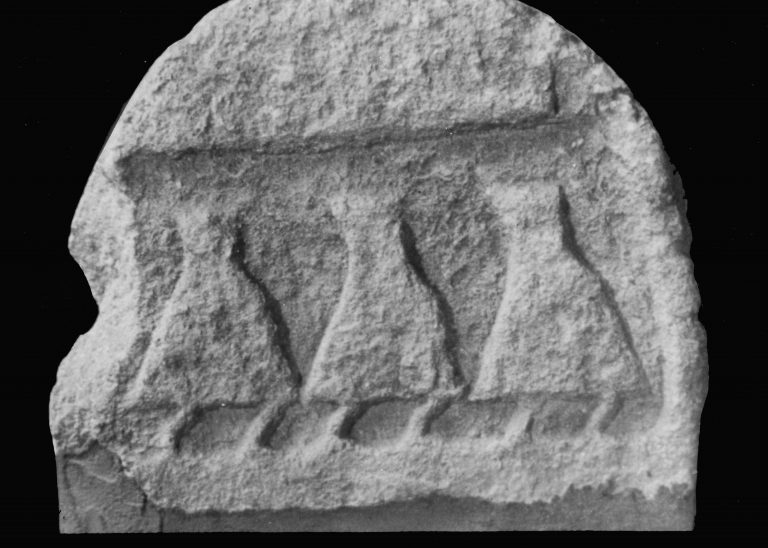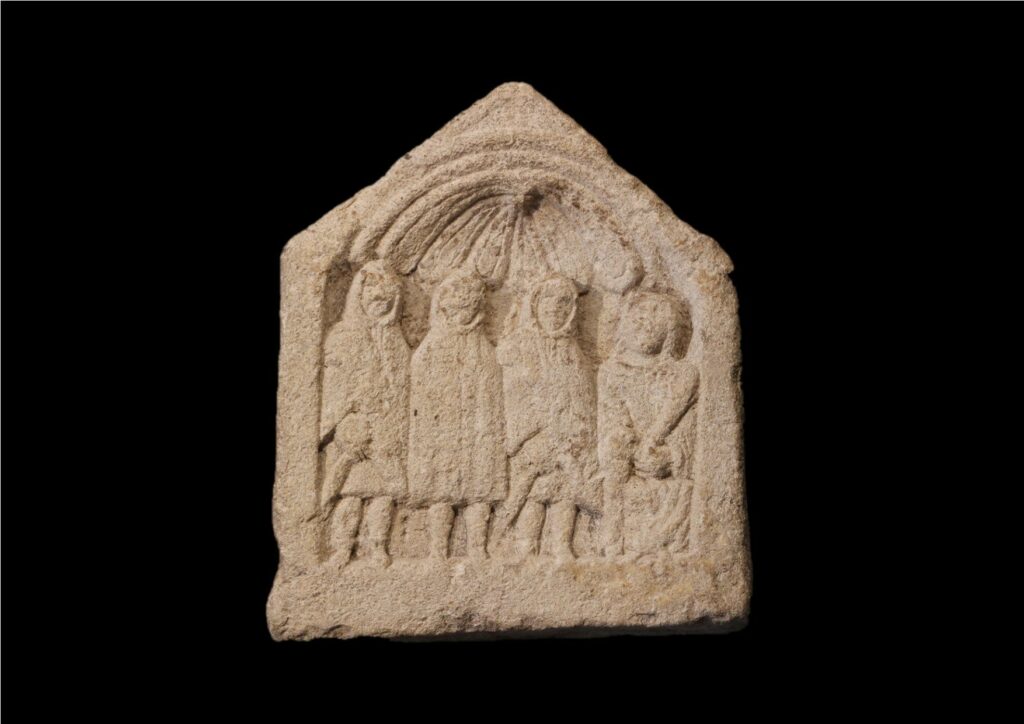Blog by Juliette Morton Corinium Museum’s poet in residence

On the other side of the copse of beech and hazel saplings was a narrow wooden bridge crossing over the River Churn where the water was high summer low and singing as it flowed over the stones. The last time I had been here was as a small child to watch the fireworks, but I hardly knew it, this hinterland on the other side of town from the one I grew up on. I was following the river from City Bank nature reserve along the back of Purley Road in Cirencester. In places the water was almost crowded out by plant life – overhanging willow, gunnera, rosebay willowherb and brambles in flower – abundant, vibrant matter.
The crows were coming noisily into roost on this soft golden evening as I emerged from the bridge and the trees onto an open field where the river runs along the margin. Three boys in hooded tops were hanging out playing ball and chatting happily on the other side of the field. We didn’t speak but I could feel the curious gaze of these benevolent godlets on me as I looked for a gap in the bank to get down into the water. I got in up to my ankles and trod carefully along the riverbed, trying not to disturb any rocks that gave shelter to fish and invertebrates. A trio of dragonflies skipped on the air around me.
Up ahead was an arched red brick tunnel which I had to duck down to walk through. The water reflected the last of the sunlight onto the roof and walls that were crumbling and softened with a coating of green algae and moss. It smelt faintly of earthy chalk. Beyond the bridge the river was clean and prettier than I’d expected, the pale red roots of the overhanging trees fingering the surface of the water from below. A discarded hooded coat waved in the gentle flow, snagged on a fallen branch.
In the weeks since my last walk in the river I had visited Corinium Museum to learn more of the ‘Genii cucullati,’ hooded spirits or deities, figures of worship usually depicted as a sacred three by the Celtic Dobunni and later the Romans. They are thought to be guardian-type figures offering protection and sanctuary. Statues of mother goddesses and Genii cucullati had been found a stone’s throw from where I was walking that evening, some deliberately disfigured, others gathered together suggesting a temple site. Questions have been raised in the literature by scholars including Miranda Aldhouse-Green over the genderless nature of these godlets, their scuttling, slippery avoidance of being too-clearly defined, preferring instead to remain hidden/hooded/held in obscurity.

Picture 1: Carved limestone votive relief: Genii cucullati found in Cirencester, probably in the Ashcroft area, in 1892.
Figures in triplicate, including the Genii cucullati have been found across the Gallic world and the Cotswolds around Cirencester had a particular predilection for triplistic ritual imagery. Excavations at Nuits-Saint-Georges discovered a relief carving of a woman, a hermaphrodite and a horned three-faced figure, merging species and blurring the boundaries of nature. There has been speculation on the significance of threeness or triplism to the Celtic Dobunni: the three stages of life, the inexorability of time with its past, present and future, the triple layered cosmos encompassing underworld, middle earth and the heavens. In the absence of evidence, what does seem clear is an idea of permeability and fluidity found in the ‘thin places’ of our environment, where boundaries blur between ourselves and others. A thin place like the River Churn.

Picture 2: Genii Cucullati and a mother goddess, Corinium Museum, Cirencester
I had the strongest sense of being accompanied along the river, which had quietened after the bridge, the sound beyond muffled by thick stands of trees on each bank. Brown trout darted alongside me and onwards upstream at my approach. Slowly, since beginning this self-directed journey down the river, I had begun to find a new way of belonging to a place I thought I had left behind. Strange as it may seem of a fluid creature, I felt held by the river and in the hush of twilight that evening felt the place as a sanctuary, a short leap from the Latin sanctus for ‘holy, sacred.’ Protected, I found my own body feel the pull towards protector, becoming a guardian of the Churn, entangled in the life of it and wanting to share its beauty and wonder, to preserve, to blur the edges of my nature.










